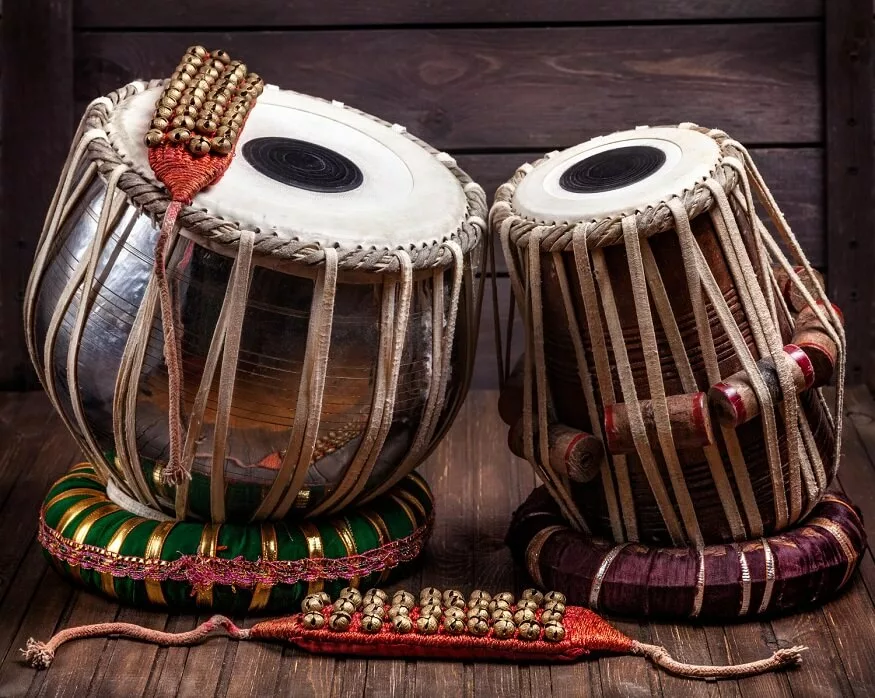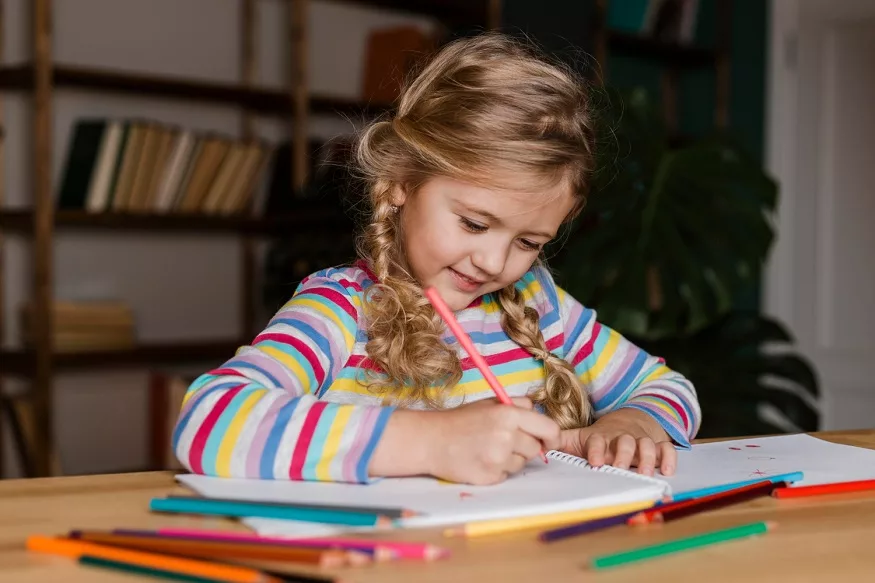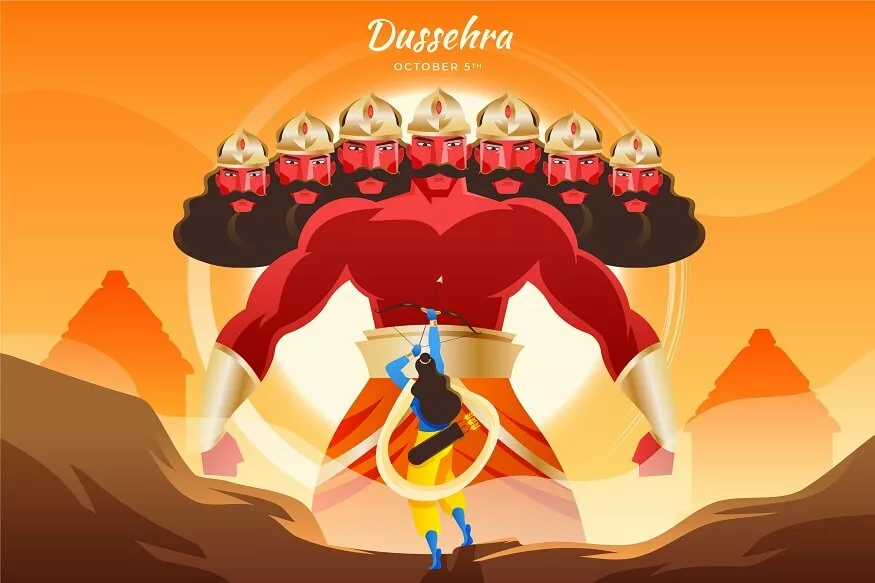Indian musicians from ancient times have developed and performed with many traditional and indigenous musical instruments that suited their style. Therefore, the musical instruments of India bring along a rich heritage and form an integral part of the cultural traditions of the country.
Music has historically been the key to unity in Indian society and civilization. It is often found that it provides a common musical practice as a symbolic meaning to music and shares it across sacred boundaries of many kinds. Indian classical music instruments are most commonly used in Hindustani classical music.
4 Types of Indian Music Categories:
- Classical Music.
- Folk Music.
- Fusion of Classical
- Modern Music.
Among Indian musical instruments are the sitar, Sarod, Tambura, Shehnai, Sarangi, and Tabla; while Indian instruments commonly used in Karnatak classical music include the Veena, Mridangam, Kanjira, and violin. Those were the names of Indian musical instruments.
Also read : How to Play Carrom: History, Objective & Rules?
Main instruments used in the classical period around the world:
- Strings, which consist of the violin, viola, cello, double bass, and sometimes the guitar.
- Woodwind, which consists of the recorder or wooden flute, oboe, bassoon, and clarinet.
- Brass, which consists of the trumpet, horns with valves.
- Percussion, which consists of the timpani (kettledrums) and sometimes triangle, hand cymbals, and bass drum.
- Key, which consists of the fortepiano.
Now that we know so much about the Indian musical instruments and other Indian instruments, let us have a look at some Indian classical music instruments.
9 Types of Indian classical music instruments:
- The Tabla is from the Indian subcontinent and is a pair of twin hand drums, which are similar in shape to the bongos.
- The sitar is a plucked stringed instrument, originating from the Indian subcontinent, used in Hindustani classical music. Though the instrument arrived in its present form in the 19th century, it flourished in the 18th century in India and was invented in mediaeval India.
- The Veena, from the Indian subcontinent, also goes by the name Vina. It consists of various chordophone instruments. People have developed many ancient musical instruments, such as lutes, zithers, and arched harps.
- The Sarod is a stringed instrument used in Indian music on the Indian subcontinent. It is among the most popular and prominent instruments, along with the sitar.
- The Mridangam is of ancient origin and is a percussion instrument. In a Carnatic music ensemble, it is the primary rhythmic accompaniment. An instrument related to it is the Kendang, played in Maritime Southeast Asia. The Mridangam is known as the “Divine Instrument” or “deva vaadyam.”
- The Tanpura, originated in India, is also called Tambura and Tanpuri. It is a long-necked plucked string instrument, which is found in various forms in Indian music. It does not play melody, but it provides a continuous harmonic bourdon or drone and supports and sustains the melody of another instrument or singer.
- The Sarangi is played in traditional music from South Asia and is a bowed, short-necked string instrument used in Punjabi, Rajasthani, and Boro folk music.
- The Shehnai originated from the Indian subcontinent and is a musical instrument with a double reed at one end and a metal or wooden flared bell at the other end and is made of wood.
- The Harmonium is mainly used in India and is one of the oldest traditional Indian musical instruments, predominantly used by the majority of musicians and vocalists as the first step. It is also used in Bangladesh and other Asian countries. The harmonium is played in Indian classical music such as Qawali and Sufi music and many more.
Also read : Teach Kids to Make Candles
Here is a fun fact about Indian musical instruments. The three most significant Indian instruments are the sitar, the tabla, and the harmonium. The sitar is the most important and unique instrument among the Indian string instruments, the tabla is the most famous Indian percussion instrument, and the harmonium is a unique free-reed keyboard instrument.
So now that we know and understand so much about the names and functions of Indian musical instruments, one may ask, what is important in learning musical instruments? Well, one must have good motor skills, excellent hearing, and memory because people who play an instrument, compared to those who do not, are described as being more active in listening and retaining memory. Playing a musical instrument helps to relieve stress. Research has proven that regular playing of a musical instrument can help reduce stress levels and anxiety, as well as boost confidence. Besides, it is a great extracurricular activity for kids as it involves them in groups and grows their inner and outer circle in society.
All over the world, music and its instruments play an essential part in cultural life. As well as making music serves a specific purpose related to non-musical contexts. It is an important instrument of peace in our culture and in humanity.
Facts about Indian musical instruments:
- Veena is the oldest musical instrument in India. It has sociological and cultural connotations and symbolises the Indian ethos throughout the country. Saraswati, the Goddess of learning, is visualised as Veenapani, the wielder of a Veena. The Veena is made from jackwood and is 1.5m long. It has a large, round body with a thick, wide neck. The head of a dragon is carved into the end, and a small resonator is attached to the underside of the neck. The Veena has 24 metal frets embedded in hardened beeswax, mixed with charcoal powder.
- The Sarangi is an instrument of Indian origin, with folk variants widely performed in several parts of India and Pakistan. The Sarangi family is valued for its closeness to the human voice and hence has been primarily an accompanist to vocal music. There are several stories about the origin of Sarangi. It is a folk instrument and was accepted as a classical instrument during the time of Mohammed Shah Rangile. By the 19th century, Sarangi was associated with the performances of courtesans. Sarangi started as a popular musical instrument in the western part of Nepal and since it resembles the sound of the human voice, it is able to replicate human vocal ornaments. A Sarangi is an instrument with a skin-covered resonator and bowed strings. The typical Sarangi is made by hand, from a single block of wood. The four playing strings on this instrument are made of goat gut, and the seventeen sympathetic strings are made of steel.
- The main specialty of this instrument is that it is capable of imitating any percussion instrument. There is a special moment of Tabla versus other instruments in a battle, which is often called a jugalbandi in Indian music, is seen among various artists. “Tabla” the word derived from the Arabic word “tabl” which means a “drum”. In Hindustani classical music, Tabla is the most commonly used membranophone percussion musical instrument. It is the most popular musical instrument in South Asian countries such as India, Pakistan, Sri Lanka, and Bangladesh.
Also read : Trampolining for Kids – Benefits and Risks
At EuroSchool, we want our students to follow their dreams and get as creative as possible. Learning music is a gift that must be shared with the world, and hence we encourage every student to learn music and follow their hearts with their favourite instrument.










